Walk: Enjoy the flowers on this figure of eight stroll
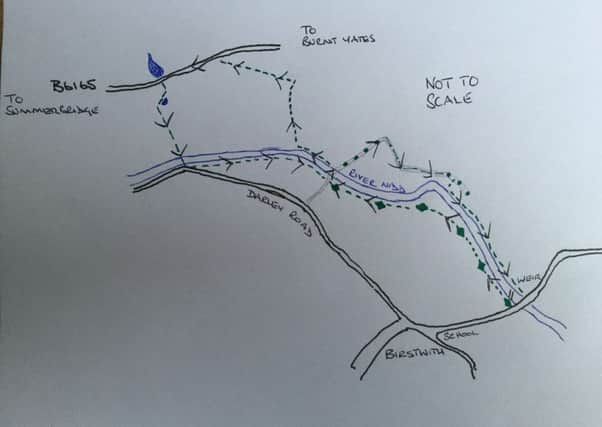

I love a long walk, up hill and down dale for miles, but not so my dog Bertie who, at nearly 12, feels that more than a couple of hours is asking too much.
So this week’s walk is dedicated to old dogs who like an easy path, plenty of views and not too many hills.
Advertisement
Hide AdAdvertisement
Hide AdThe route is a figure of eight, the centre point being the packhorse bridge. If you have a very old and big dog that can’t manage a stile, I suggest you don’t do the top loop – there is a tricky stile just over the Ross Bridge.
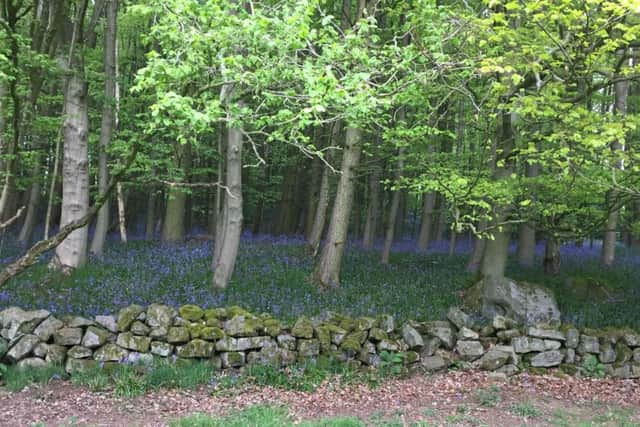

The route
Start at the village car park, beside the primary school.
Walk down the hill and turn left just before the bridge along a footpath following the Nidderdale Way.
Here is visible, between the path and the river for a few yards, the very deep and still channel of the former mill race which directed water from the river to the mill.
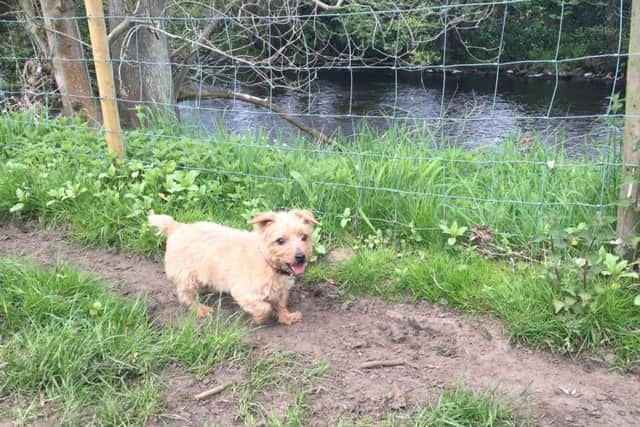

The water wheel no longer turns and the mill is now a food products factory. The path follows the riverside for half a mile. There are plenty of wildflowers: campion, bluebells, stitchwort and forget-me-not amongst them.
Advertisement
Hide AdAdvertisement
Hide AdSoon a picturesque old packhorse bridge appears on your right reflected, if you are fortunate, in the still water below.
Cross the humped and cobbled bridge and on the far side, turn left through a small field.
At the end of this field, turn right through a marked gate across the disused railway and a broad green sward to enter the woods and climb gently through the bluebells.
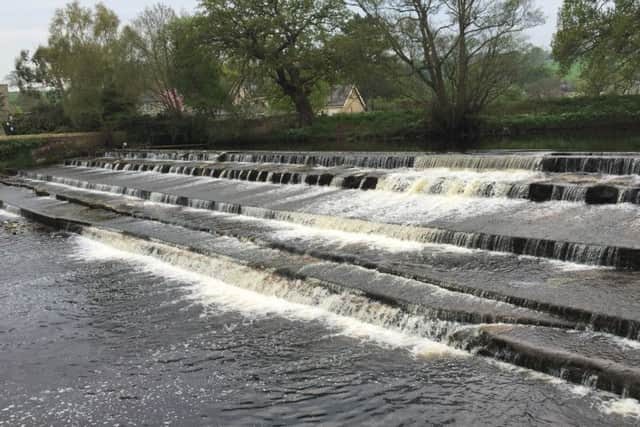

The path is not marked at the farm, but go past the house and turn left along the drive. You will see a stile into the field, which may well have stock in it so please keep your dog on a lead.
Advertisement
Hide AdAdvertisement
Hide AdAt the far side of the field you will see a metal gate into the shady woods, hazy with bluebells. Follow the path into the woods and off to the right where an old timber field gate gives access onto the B6165 road.
Turn left and follow the road for a very short distance. This is a fast road although not particularly busy, so be careful.
At the side of the road you will see examples of the Spanish Bluebell. This flower is taller and larger than the English Bluebell.
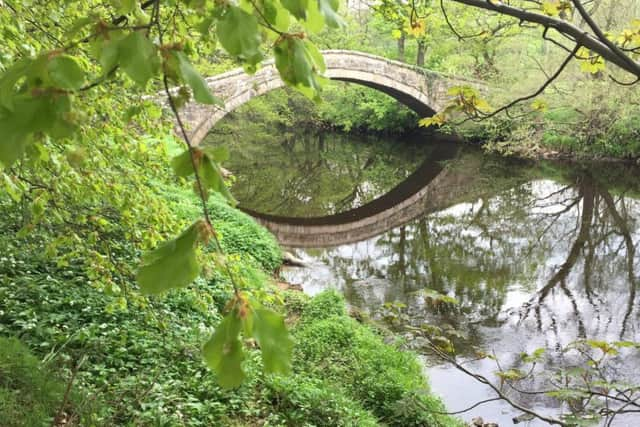

Shortly, turn left towards Hartwith Mill where a bridleway, which is a surfaced road, leads down and over the Ross Bridge; the road is a toll road but as it is also a public bridleway and horse riders, cyclists and pedestrians, not to mention old dogs, are free.
Advertisement
Hide AdAdvertisement
Hide AdImmediately after the bridge turn left, over an awkward, and not dog friendly, stile and follow this side of the river bank to the point where we were previously – at the packhorse bridge. Cross the bridge again but this time bear right, and follow an old green lane between two dry stone walls.
When you come out through a gate into a meadow turn sharp right and follow the bridleway down the gentle slope.
Beside the woods there are plenty more bluebells to admire. Here it is easy to understand that the UK is home to around 50 per cent of all the bluebells in the world, hence their protection under the Wildlife and Countryside Act 1981 (which unfortunately the Spanish Bluebells have not read).
The path continues through a well kept homestead onto a tarmac lane. Very shortly on the right an iron field gate marks where we turn right through a richly colourful meadow, back down to the riverside. This is another stunning stretch of river with the trees reflected in the still water. There is wild garlic and sorrel beside the river and bird cherry blossom.
The final stretch is easy, the weir is clearly visible on your right, and Bertie even had a canter left in his little legs to finish the walk and cross the final stone bridge into Birstwith.